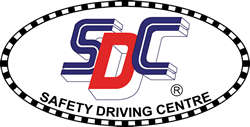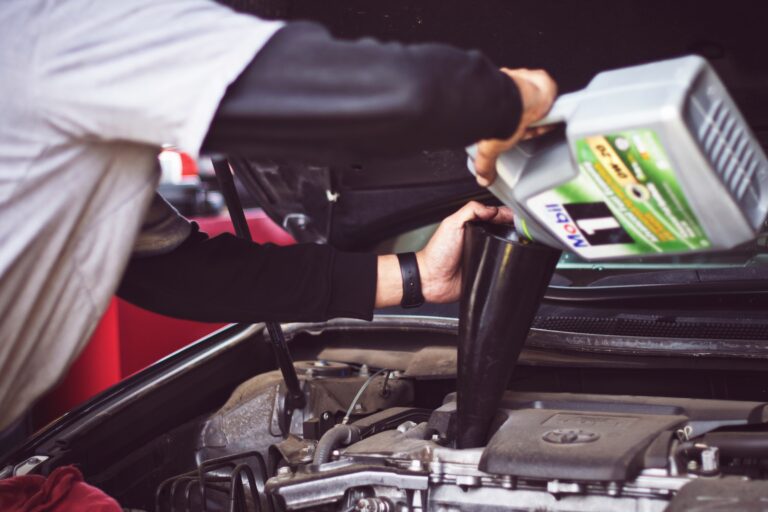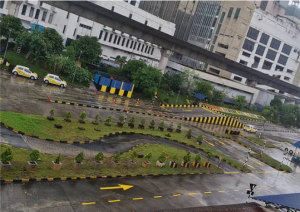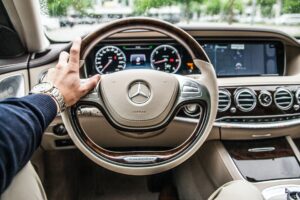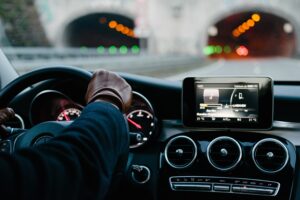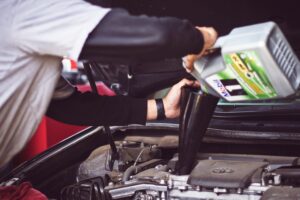In Malaysia, the learners of motorized vehicles are required to attend a six hours Theoretical course on driving safely and thereafter must pass the examination on the subjects taught before a candidate could be issued a Learner Driving License or L driving license by JPJ (Road Transport Department).
One of the important syllabi of the above course is how to cultivate future drivers on Good Driving Etiquette for example being a Responsible road user.
A safe driver of any motorized vehicle must first of foremost possess a sense of responsibility.
It is the responsibility of the driver to make sure his/her vehicle is well-maintained and in tip-top condition before starting a journey.
In order to cultivate a sense of responsibility among future road drivers. RPK ( Vehicle inspection routine) and RSM (Pre-Driving inspection) is introduced as an important component to pass the JPJ driving test.
RPK or Vehicle Routine Inspection is designated to check the vital engine components, the body of the vehicle, and the availability of safety tools in the booth.
In our driving institute, we have standardized our motorcar’s RPK procedures to make it simple for the learners to perform the inspections during the JPJ driving examination.
The following are the RPK inspections which go in sequence orders:
(A) Documents: Check the validity of dates of the Learner’s driving license, road tax, and PUSPAKOM inspection as indicated on the discs. Both stickers were displayed on the front windshield of the motorcar
(B) Motorcar body: The learner will be taught to inspect the car for any damage to the body of the vehicle.
Ideally, the starting point of the inspection should be at the front bonnet of the car and then move around in a clockwise direction. Doing so would cover the following important items:
- windscreen wipers
- front and back number plates
- front and back bumper of the car
- Front and back Lights
- Signal lights of the front and back and as well as both left and right side signal lights
- The four tires including the spare one at the booth should be checked for adequate air pressure, visible treads, and also good physical conditions.
(C) Engine compartment:
- The positive and negative cables must be tightly connected to the battery.
- The wiper water container, spare radiator container, and radiator cap should be opened to check for an adequate level of water.
- The radiator rubber hose should also be checked for any sign of water leakage.
- Using the dipstick to check for engine oil level.
- Check also the indicator level of the brake fluid container
- The condition of the alternator belt should also be checked for any sign of wear or tear.
(D) Safety Tools at the booth of the car
- Check for tyre jack and pivot
- Emergency Triangle
- Lug Wrench.
RSM or Pre-Driving Routine inspection. The objective of this inspection is for the purpose to confirm the proper functioning of car components before the start of the journey.
The procedure is as follows:
- Make sure the gear is in a neutral position and the hand brake is engaged before conducting further inspections.
- Adjust the driver seat and head restraint.
- Adjust the right and left side mirrors, so that 75% are showing to the rear of the vehicle. The rear mirror should be adjusted so that it has a full view of the rear windscreen.
- It is mandatory to fasten the safety belt and not only that, you have the responsibility to make sure all your passengers in the car fasten their safety belts too.
- Ensure all the warning lights such as engine oil, temperature, hand brake, battery, and fuel level on the dashboard are functioning.
- Start the engine by pressing the clutch pedal (Manual) or Brake pedal(auto).
- Make sure the hazard and left and right signal lights are functioning.
- The windscreen wiper blades must also be in good condition and functioning.
- Used the Headlights lever to check on the proper functioning of the low, high, and long beam lights.
- Finally, check the horn. However, the driver should only sound the horn when necessary.
The RPK and RSM should be practiced routinely to become safe and good drivers.
Doing so every time before starting a journey would definitely ensure the safety of the driver, the passengers, and other road users as well.
